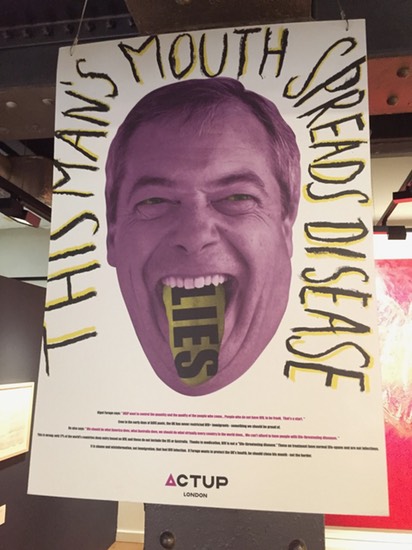
Every decision we make in museums is potentially controversial: what to collect and how we acquire it; where and how objects and specimens are stored; how they are used and by whom, if we decide to dispose of collections and how that is done. Depending on their background, upbringing, education, training and professional experience, staff will have a range of opinions on these issues and will make them known one way or another. And visitors or users carry with them a similarly broad range of expectations and prejudices, which is why feedback should be treated with caution and careful consideration.
Of course it is important to listen and learn from audience research, but this vital intelligence needs to be processed through the filter of our professional knowledge and expertise. We need to trust our own experience, scholarship and instinct, and value our creativity.
An exhibition or display with something to say is likely to shock, outrage or upset somebody – it’s a cliché but it’s true: you can’t please all the people all the time. What we don’t want is for people to be bored or disengaged. Museums should be places of passion and stimulation, where visitors discover new things about themselves and the world around them.
If you accept the challenge to embrace controversy, the process needs to be carefully managed internally and externally. Communication is the key. You need to be clear about why you are presenting what people see and experience. How did you make your decisions? You must be prepared to explain the philosophy, rationale and purpose behind the approach and make sure you’ve thought it through. Accept that some people will react against what you do and be ready to respond to criticism with confidence and solidarity.

